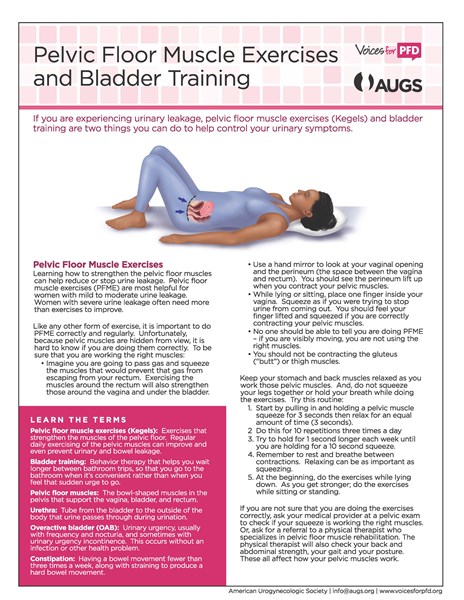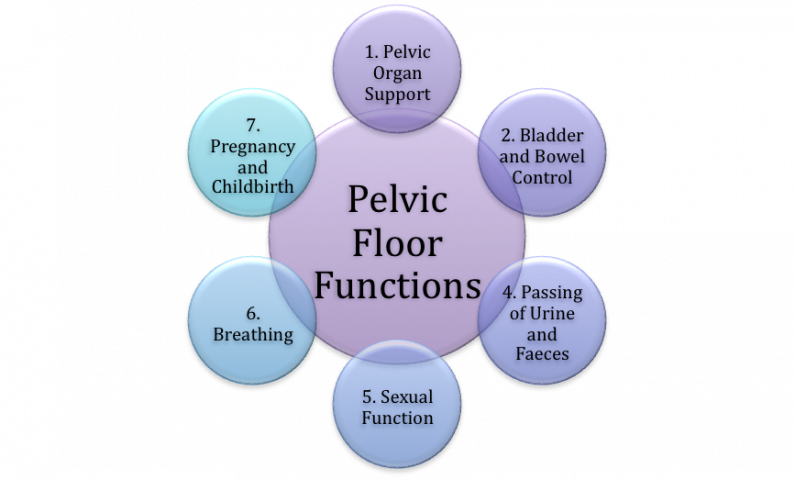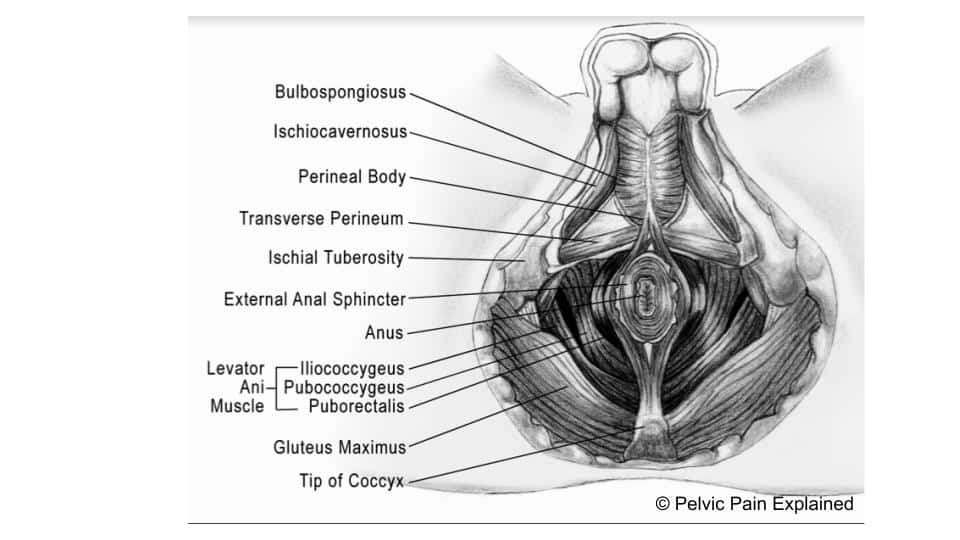As part of the correction of prolapse and incontinence the overall health of the vaginal support structures must be assessed and corrected.
Do back surgeries interfere with pelvic floor muscle control.
The pelvic floor muscles have significant influence on bladder control.
The pelvic floor is a group of muscles that extend from the front of the pelvis to the coccyx bone in the back.
Low back pain lbp is a condition of localized pain to the lumbar spine with or without symptoms to the distal extremities whose aetiology is commonly unknown 1 the link between lbp and pelvic floor dysfunction pfd particularly in women is becoming evident in the literature however characteristics that define this correlation have yet to be established 91 2 93.
However we occasionally need a quick strong contraction to avoid leaking with a sneeze.
Pelvic floor dysfunction is the inability to control the muscles of your pelvic floor.
The pelvic floor muscles also control the output of urine and feces.
Back pain and pelvic floor dysfunction are so closely related because all the muscles that support the pelvic floor must also work to support and protect the spine.
The urethra urine tube and rectum anus pass through the pelvic.
But in fact our core is made up of four walls.
The muscle fibers of the pelvic floor are 70 slow twitch and only 30 fast twitch.
Many people assume that core muscles are only made up of the abdominal muscles.
The pelvic floor muscles give you the ability to control the release of urine wee faeces poo and flatus wind and to delay emptying until it is convenient.
When you contract the pelvic floor muscles they lift the internal organs of the pelvis and tighten the openings of the vagina anus and urethra.
The layers stretch like a hammock from the tailbone at the back to the pubic bone in front.
The floor of the pelvis is made up of muscle layers and tissues.
They act more as supportive postural muscles.
The pelvic floor muscles connect to and support the bladder neck the vaginal and the anal canal.
They are the muscles that hold your pelvic organs including your bladder uterus and rectum in place.
The abdominals the paraspinal muscles in the back.
The prostate in the male and the smooth and striated muscle of the urethra are also part of the lower urinary system.
Your pelvic floor muscles support your bladder and bowel.
When the pelvic floor is damaged by childbirth and further affected by hormone changes and gravity it may become necessary to perform reconstructive surgery of the vagina.




























